Self-employed individuals are responsible for their business and pay many expenses to set up one, start working with clients, marketing, employing staff, purchasing inventories, etc. Paying taxes becomes hectic, and everyone wants businesses to be tax efficient.
The UK government has kept the concept of reducing tax bills by implementing tax reliefs and deductions. But, most people are unaware of them and end up paying higher bills.
Each tax year, a self-employed individual has a tax-free allowance of specific types of income where they pay tax only if the income exceeds the allowance. Depending on the income of an individual, taxes and allowances vary.
This guide will cover all the tax-free income of a self-employed individual, including
Table of Content

What are the tax-free earnings for the self-employed?
1. Personal allowance
Whether you are self-employed or an employee, the personal allowance in the UK sticks at £12,570 for 2022-23. It means if your earnings are more than the personal allowance, you must pay the income tax.
Income tax rates
For England, Northern Ireland and Wales,
| Income rate | Tax band |
| £12,571 – £50,270 | 20% basic rate |
| £50,271 – £150,000 | 40% higher rate |
| Above £150,000 | 45% additional rate |
For Scotland
| Income rate | Tax band |
| £12,571 – £14,732 | 19% starter rate |
| £14,733 – £25,688 | 20% basic rate |
| £25,689 – £43,662 | 21% intermediate rate |
| £43,663 – £150,000 | 41% higher rate |
| Above £150,000 | 46% top rate |
No matter where you are in the UK, the government will reduce your personal allowance by £1 for every £2 more income over £100,000. Therefore, when earning £125,140, you pay income tax on your entire income.
2. Trading income allowance
The trading allowance for 2022-23 is £1,000 on any income from self-employment. You can also use it as your personal allowance.
If you earn less than the trading income allowance, you don’t need to register as self-employed and have no tax return filing.
3. National Insurance contributions
Being self-employed, you are liable to pay National Insurance to HMRC on your profits which is your income – allowable expenses.
The Class 4 National Insurance contributions will increase by 1.25% for the Health and Social Care Levy. Some of the changes in the NIC will come into effect from 6th April, while others from 6th July of 2022.
Class 2 Contributions
| Profits | 6th April – 5th July | 6th July onwards |
| Below £9,880 | £0 | £0 |
| £9,880 – £12,570 | £3.15 per week | £0 |
| Above £12,570 | £3.15 per week | £3.15 per week |
Class 4 Contributions
| Profits | 6th April – 5th July | 6th July onwards |
| Below £9,880 | £0 | £0 |
| £9,881 – £12,570 | 10.25% | £0 |
| £12,571 – £50,270 | 10.25% | 10.25% |
| Above £50,270 | 3.25% | 3.25% |
4. Value Added Tax (VAT)
If your company makes an annual turnover of £85,000, you must register for VAT. Once registered, you can charge VAT on customers and claim back the amount you paid to suppliers on business expenses.
| VAT type | Rate |
| Standard rate applicable on most goods and services | 20% |
| Reduced rate applicable on specific goods and services | 5% |
| Zero rates on goods like books, newspaper | 0% |
5. Business expenses
There is a specific running cost for operating a business; the government allows you to deduct those costs from the taxable profit, known as allowable expenses. It includes:
- Office costs
- Travel costs
- Clothing expenses, specifically uniform or protection wear
- Staff costs
- Purchasing things like stock and raw materials to produce goods and sell
- Financial costs
- Costs of business premises, including utility bills and business rates
- Advertising or marketing costs
- Costs of training employees
6. Capital gains tax exemption
Individuals need to pay capital gain tax on their profit by selling or disposing of assets they own to HMRC. For the tax year 2022-23, the annual exemption of CGT is £12,300. According to their tax band, any gain above the threshold level is liable to CGT.
| Gains above the CGT exemption threshold | Tax rate |
| Basic rate taxpayers | |
| Gains from other residential property | 18% |
| Gains from other chargeable assets | 10% |
| Higher rate taxpayers | |
| Gains from other residential property | 28% |
| Gains from other chargeable assets | 20% |
7. Capital allowance
A company’s assets used for business are eligible for the Capital allowance, which allows them to claim tax relief for such assets.
The 130% super deduction is available temporarily on most new plant and machinery investments which would qualify for 18% main rate writing down allowances. It is available from 1st April 2021 to 31st March 2023. The 50% allowance for the first year of an investment would qualify for a 6% special rate writing down allowances.
8. Increased Annual Investment Allowance
The annual investment allowance, which was previously £200,000 a year, is now temporarily increased to £1 million till 31st March 2023.
9. Business rate discounts
When costs and tax is increasing for most businesses, retail, hospitality and leisure businesses will get a 50% discount on business rates up to £110,000 per business. Plus, Increase in business rate multipliers is temporarily paused for 2022-23. However, the government still reduced this discount from a previous discount rate of 66% to help businesses.
10. Marriage allowance
Being married or in a civil partnership, you can get some tax benefits; however, it depends on when you and your partner were born (must be after 5th April 1935) and how much is your income.
A lower earner with income less than the personal allowance can transfer their unused allowance up to £1,260 to their partner in 2022-23.
The low-earning partner’s income before tax must be less than £12,570 for the current tax year. However, the higher-earning partner’s income must be between £12,571 and £50,270.
11. Dividend allowance
Being self-employed, if you have company shares, you can earn money in two ways, by selling shares or from dividends.
For 2022-23, you don’t pay tax on dividend income of £2,000, which is your tax-free dividend allowance. Above that, you pay tax as per your tax band, also known as the marginal tax rate.
| Income tax band | Dividend tax rate |
| Basic rate | 8.75% |
| Higher rate | 33.75% |
| Additional rate | 39.35% |
12. Personal savings allowance
You can generate a specific income from the interest on your savings per year.
For Basic rate taxpayers, earning on savings interest is up to £1,000, and for higher rate taxpayers, it is up to £500. But, additional rate, taxpayers won’t receive a personal savings allowance.
When can a tax rate change?
The tax rates and allowances remain the same throughout a tax year and can only change at the beginning of a new tax year. The tax year starts on 6th April of one year to 5th April of the following year. For example, the tax year 2022/23 begins on 6th April 2022 and ends on 5th April 2023.
The government announces any tax changes during their Budget announcement, organized before a new tax year starts, except for an emergency.
In the recent budget announcements, HMRC announced an update on National Insurance and dividend tax rates. It is a part of the new Health and Social Care Levy that will change the funding structure of the UK healthcare system.

Wrapping up
There are numerous ways to reduce your tax bill without breaking the laws. However, most of us are unaware of these allowances, reliefs, deductions, and eligibility criteria. Therefore, it is good to seek advice from tax professionals and pay only the amount you are legally bound to HMRC.

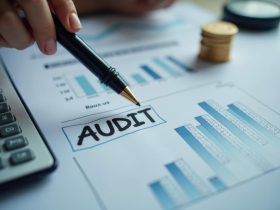
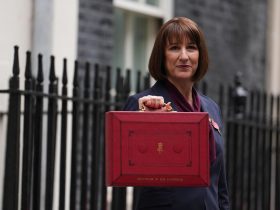


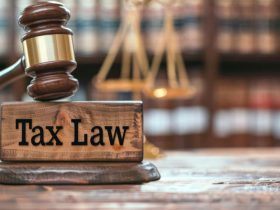
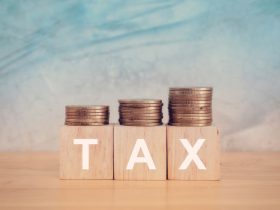
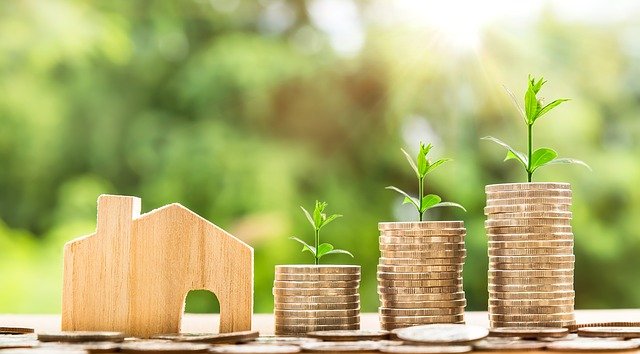
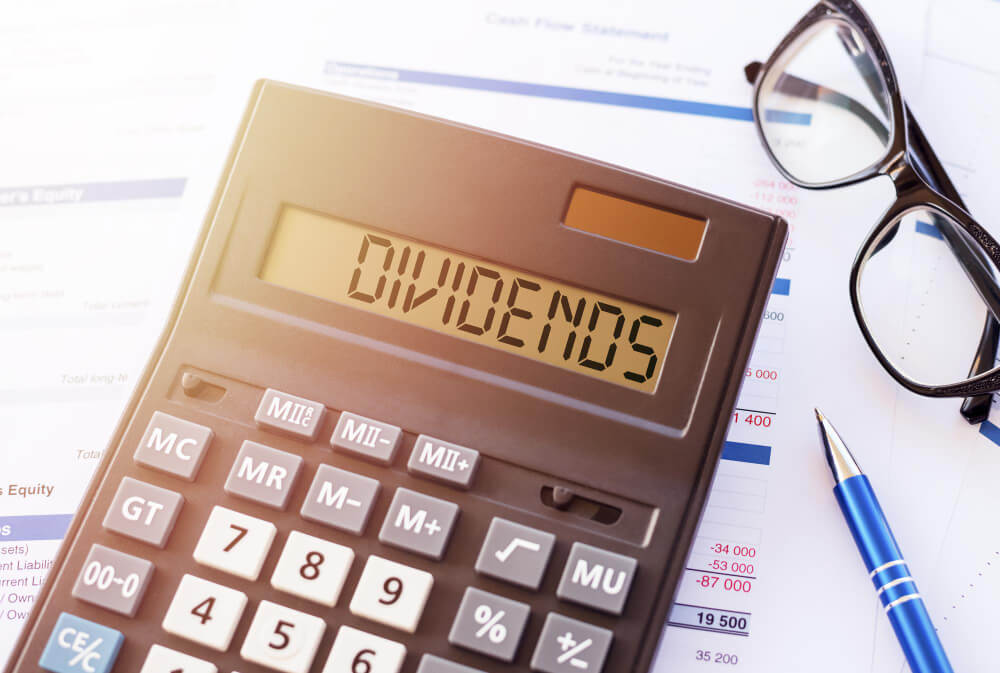

Leave a Reply